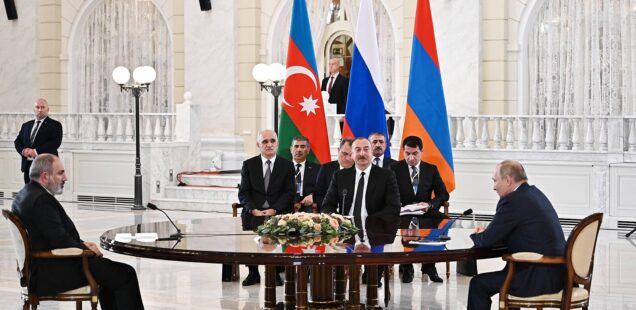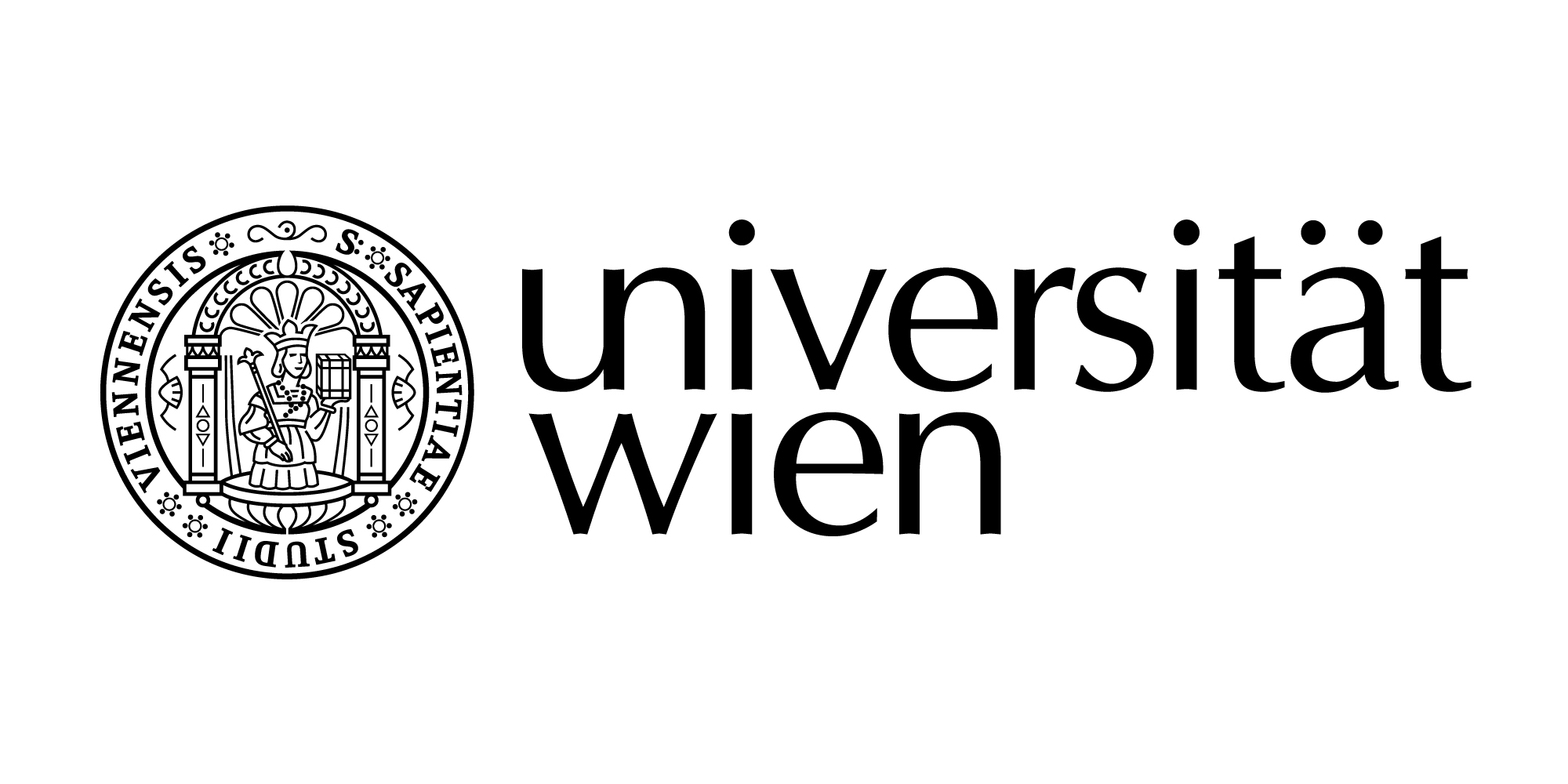
Caught in the Middle: Armenia’s Struggle between the EU and the EEU
Armenia, a small country located in the South Caucasus region, has a complex geopolitical situation due to its location between two major economic unions: the European Union (EU) and the Eurasian Economic Union (EEU). Armenia’s history and geography have shaped its foreign policy, and the country has been forced to balance its interests between these two unions. In this article, we will explore Armenia’s relations with the EU and the EEU, and the challenges it faces in balancing between these two blocs. In 2013, Armenia began negotiations to join the EU’s Eastern Partnership program, which aims to promote closer ties between the EU and six former Soviet republics: Armenia, Azerbaijan, Belarus, Georgia, Moldova, and Ukraine. The Eastern Partnership program offers economic and political support to these countries, including free trade agreements, visa liberalization, and financial aid. In 2017, Armenia signed a Comprehensive and Enhanced Partnership Agreement (CEPA) with the EU, which aims to deepen political and economic relations between the two sides.
However, Armenia’s aspirations to join the EU were complicated by its membership in the EEU, which was established in 2015 as a counterweight to the EU. Besides, Eastern Partnership member states did not have any accession option until last year. The EEU is a customs union that includes Armenia, Belarus, Kazakhstan, Kyrgyzstan, and Russia. The EEU offers its members free trade in goods, a common external tariff, and cooperation in areas such as energy and transport. Armenia joined the EEU in 2015, in part because of its close ties with Russia, which provides Armenia with military and economic support. Armenia’s economic considerations have been the driving force behind its decision to join the EEU. With Russia as a key trading partner and a significant source of investment, membership in the EEU offered Armenia economic stability and potential growth opportunities. However, Armenia has also recognized the importance of economic diversification and the need to expand its trade opportunities. As such, Armenia has pursued closer ties with the EU to promote economic growth and development.
Economic ties, diaspora and a democratic future
While Armenia’s membership in the EEU has offered economic stability, the EU provides a model for democratic governance and transparency that aligns with Armenia’s political aspirations. The EU’s promotion of human rights, rule of law, and market-based economic policies resonate with Armenia’s desire to establish a modern, open society. However, Armenia’s close relationship with Russia and the economic benefits of EEU membership have prevented it from fully aligning with the EU. From an economic standpoint, Armenia’s relationship with Russia is important due to its energy dependence on the country. Armenia lacks significant energy resources and relies heavily on imports, primarily from Russia. Russia supplies nearly 90% of Armenia’s natural gas and almost 100% of its nuclear fuel. This energy dependence on Russia has led some to question the long-term sustainability of Armenia’s economic relationship with Russia. Furthermore, the Armenian diaspora in Russia is an important factor in Armenia’s relationship with Russia. Over 2 million ethnic Armenians live in Russia, making it the largest diaspora community in the world. The diaspora community has significant economic and political influence in Russia, and has played a role in shaping Russia’s policy towards Armenia.
On the other hand, the EU has also been keen on strengthening its relationship with Armenia. The CEPA marked an important milestone in the EU-Armenia relations, providing a framework for cooperation on a range of issues, including political dialogue, human rights, and trade. The EU has also supported Armenia’s efforts to deepen democratic reforms and combat corruption, providing financial and technical assistance to strengthen Armenia’s institutions. Armenia’s relationship with the EU is primarily driven by economic factors too. The EU is Armenia’s second-largest trading partner after Russia, and in recent years, trade between Armenia and the EU has increased significantly. However, Armenia’s relationship with the EU is not without challenges. The EU’s focus on free trade and market-based economic policies may conflict with Armenia’s desire to protect its domestic industries, which could make it difficult for Armenia to fully integrate into the EU’s economic framework.
The impact of the Russian war in Ukraine
Armenia’s membership in the Russian-led Eurasian Economic Union (EEU) poses a potential obstacle to closer ties with the EU. The EEU’s shared governance structure may conflict with the EU’s emphasis on democracy and human rights. The EU is critical of the EEU for the latter’s lack of transparency and accountability, and has expressed concerns over the human rights records of some of its member states, including Belarus. This creates a potential dilemma for Armenia, as it seeks to balance its commitments to the EEU with its desire to align with the EU’s norms and values. Furthermore, the EU may have concerns regarding the impact of the EEU on the Armenian economy. The EU sees the EEU as a protectionist bloc that restricts trade and competition, and has expressed reservations about the impact of the EEU’s regulatory framework on Armenia’s business environment. Finally, it is worth noting that the ongoing conflict in Ukraine has shattered any hopes of possible cooperation between the EU and the EEU. The EU’s sanctions against Russia in response to its involvement in the conflict have only further strained relations, exacerbating tensions and complicating the already complex diplomatic landscape in the region. This has undoubtedly added to the difficulties faced by officials in the Kremlin as they navigate the complicated web of relationships between the various actors in the region.
EU vs EEU – a question of identity?
Nevertheless, above all Armenia’s membership in the EEU reflects its historical ties with Russia and its identity as a post-Soviet state. As a constructivist would argue, Armenia’s identity and norms are shaped by its history and cultural heritage. The EEU provides Armenia with access to a significant market that includes countries with similar cultural and historical ties. Armenia’s decision to join the EEU was therefore shaped by its desire to maintain its cultural identity and ties with its historical partners. At the same time, constructivists also recognize the role of agency in shaping state behavior. Armenia’s decision to pursue closer ties with the EU reflects its desire to establish a modern, open society that aligns with European norms. The EU promotes democratic governance, human rights, and market-based economic policies that resonate with Armenia’s political aspirations. As a result, Armenia’s decision to deepen ties with the EU can be seen as an attempt to redefine its identity and norms in a more Western-oriented direction. Meanwhile, from a constructivist perspective, Armenia’s pursuit of closer ties with the EU reflects a desire to align with European norms and values. The EU’s emphasis on human rights, democracy, and market-based economic policies resonates with Armenia’s political aspirations and its desire to establish a modern, open society. Armenia’s identity and norms are not fixed, but rather subject to change over time, and as Armenia seeks to diversify its economy and expand its trade opportunities, its identity and norms may evolve to reflect changing economic and political considerations.
In conclusion, Armenia’s position between the European Union and the Eurasian Economic Union is a complex issue with economic, political, and social dimensions. While Armenia has historically had close ties with Russia and the Eurasian region, it has also expressed a desire to deepen its relationship with the European Union. However, economic factors such as energy dependence and the presence of a large Armenian diaspora in Russia have made it more difficult for Armenia to break away from Russian influence. The theory of Constructivism provides a useful framework for understanding the role of social norms and identities in shaping Armenia’s foreign policy decisions. As Armenia continues to develop economically and socially, its identity may shift, potentially leading to a change in its foreign policy alignment.
Cover picture: Prime Minister of Armenia, Nikol Pashinyan, the President of Azerbaijan, Ilham Aliyev, and the President of the Russian Federation, Vladimir Putin during a meeting in Sochi in October 2022. © WikiCommons


